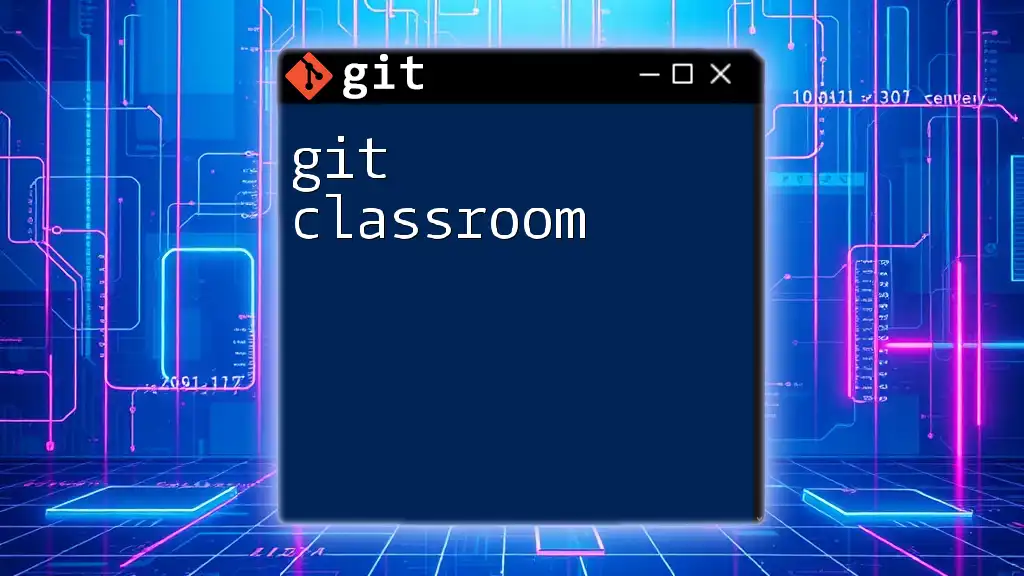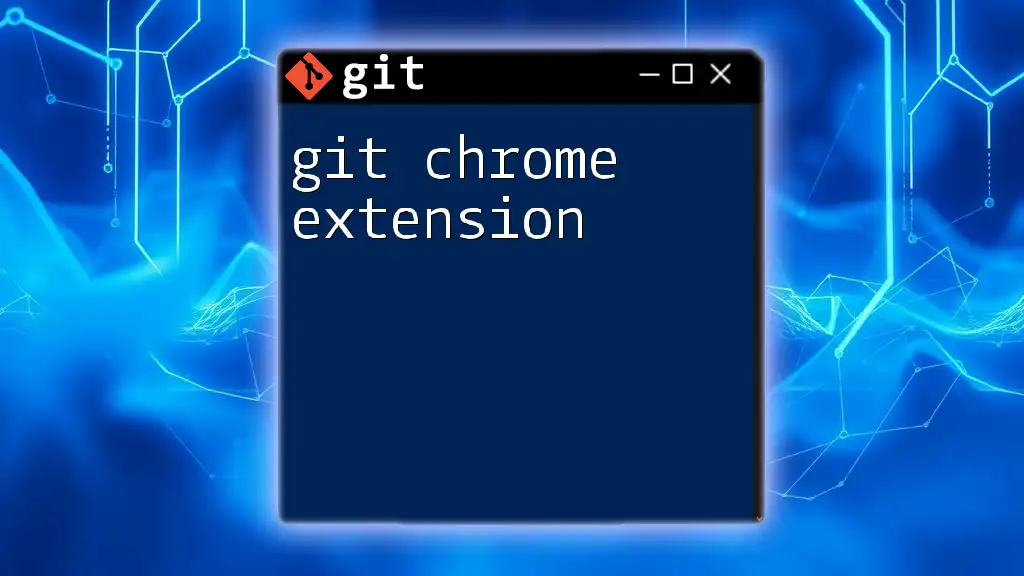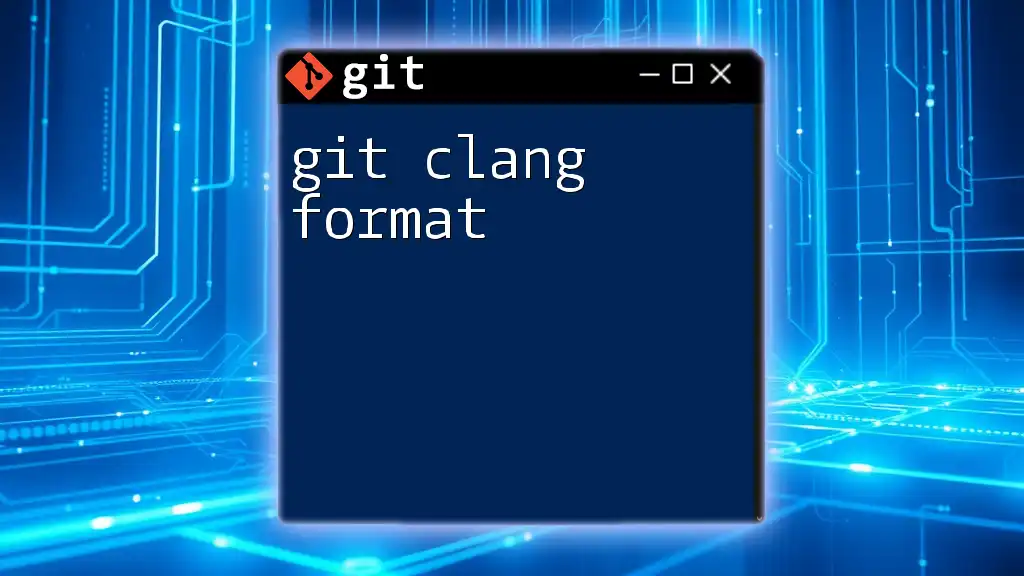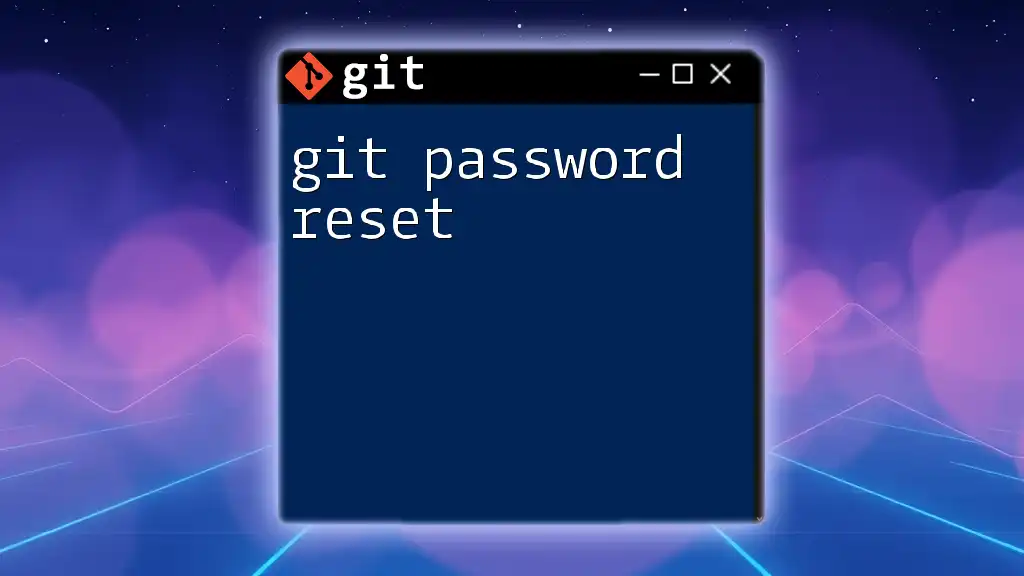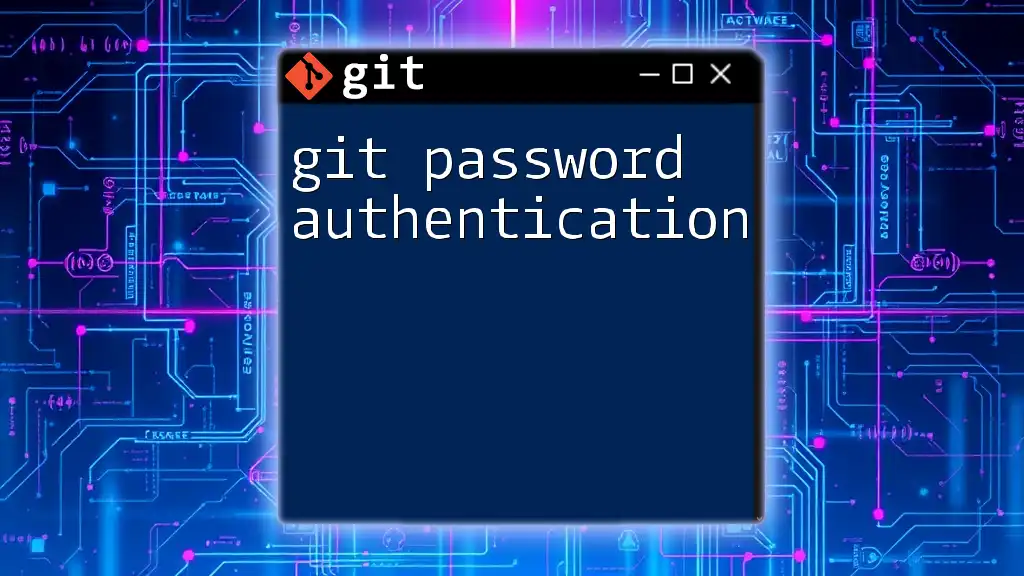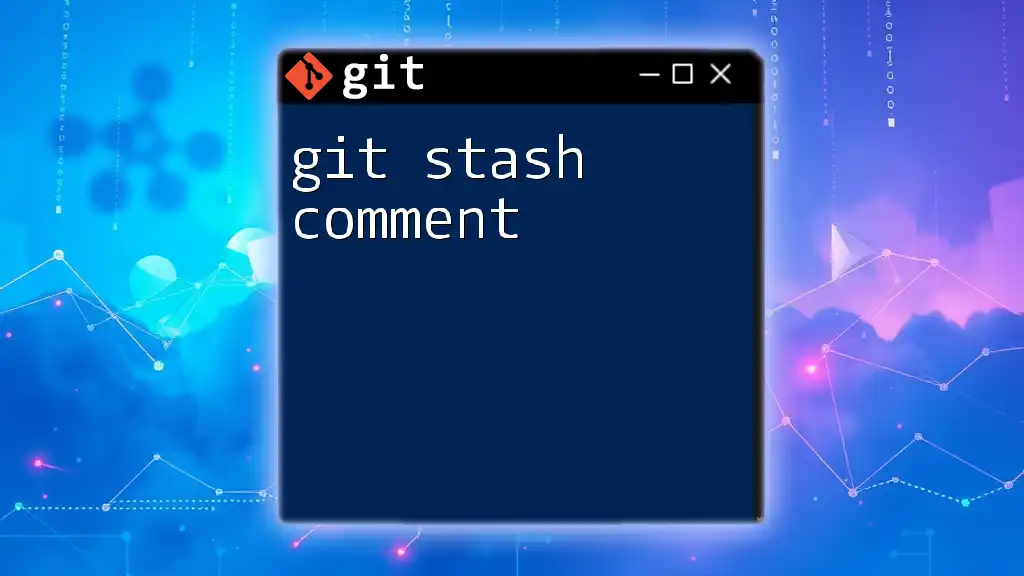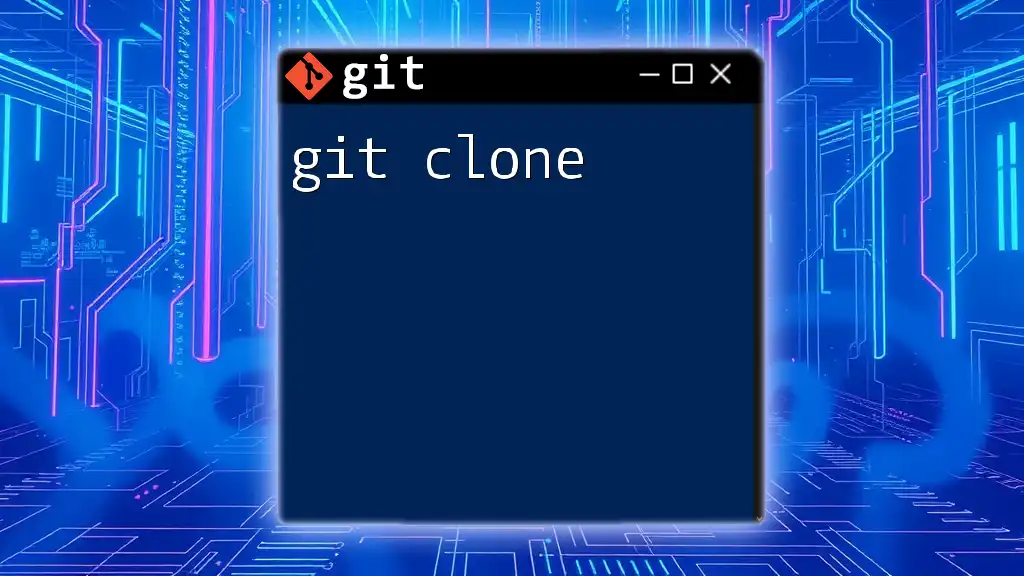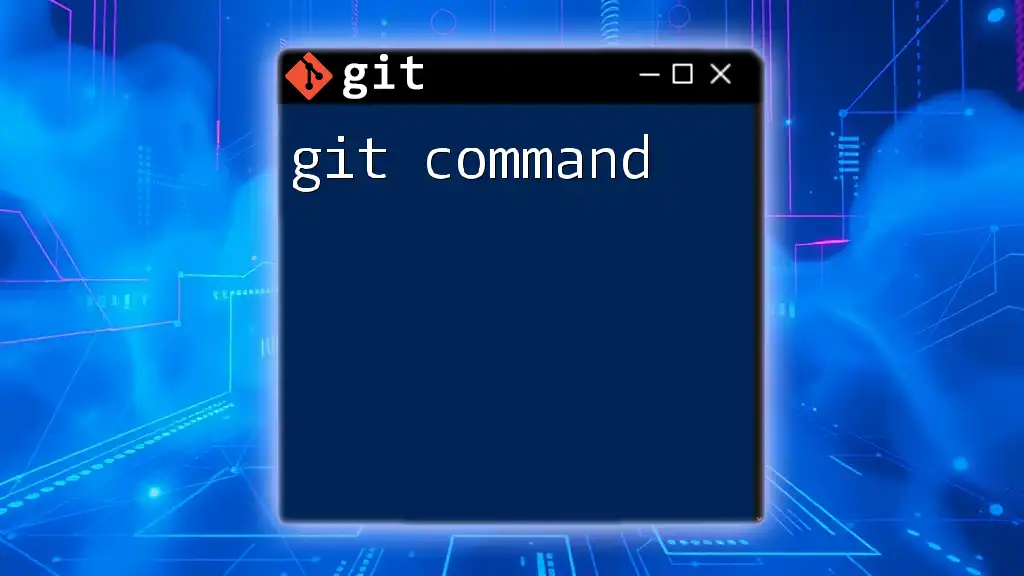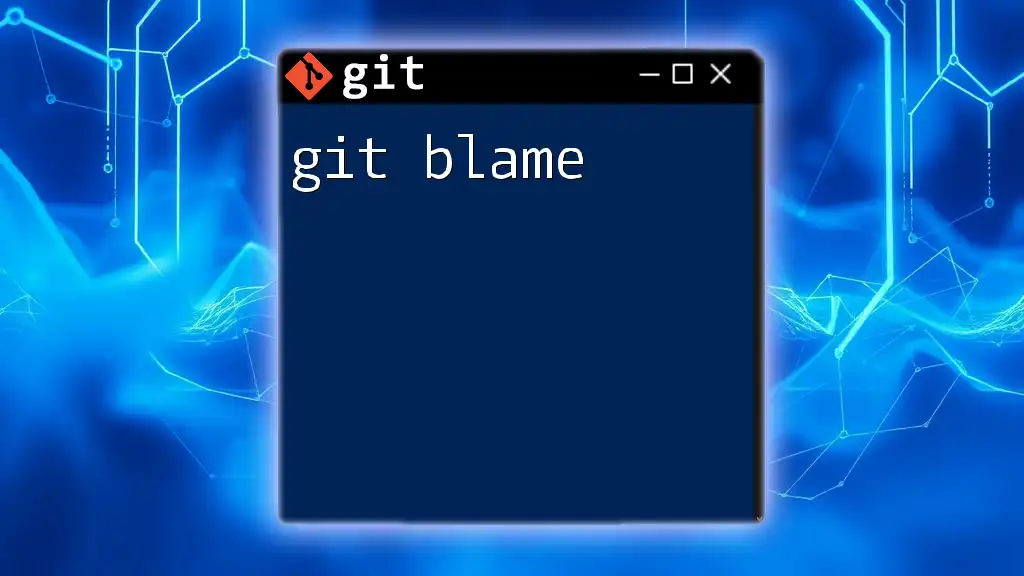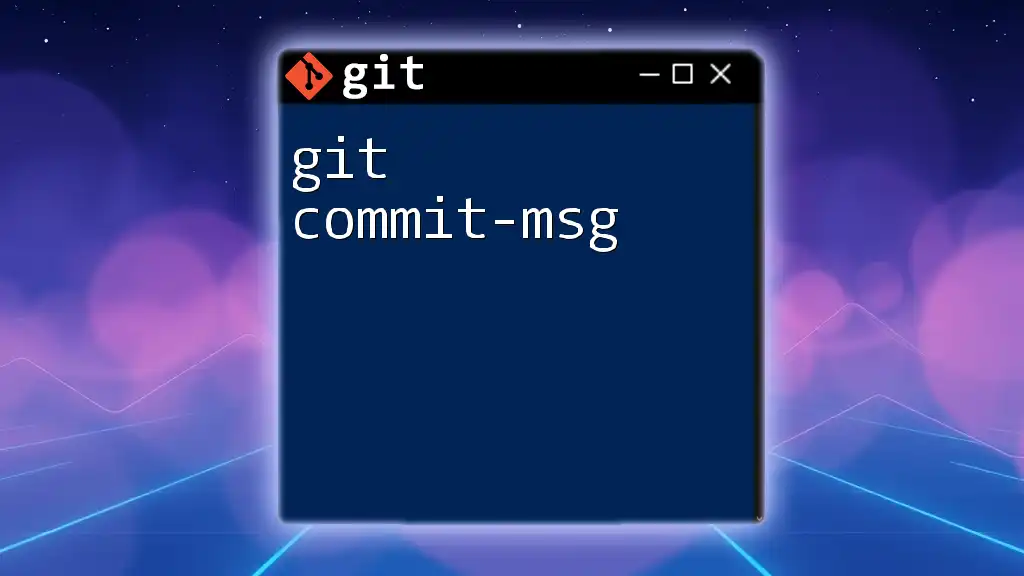"Git Classroom" is an interactive learning platform that empowers users to master essential Git commands through concise, hands-on exercises.
# Clone a repository
git clone https://github.com/username/repo.git
What is a Git Classroom?
Understanding the Concept
A Git Classroom is an educational framework designed to teach students how to effectively use Git, a distributed version control system. It is purpose-built to facilitate hands-on learning, allowing students to grasp complex concepts and commands in a manageable, interactive manner. By leveraging Git's capabilities, educators can enhance collaborative projects and programming skills among students.
The benefits of a Git Classroom extend beyond just learning Git commands. It fosters an environment where students can understand the essentials of version control, leading to better project management and enhanced collaboration. Real-world applications of this concept are evident in various educational settings, from universities to bootcamps and workshops that emphasize software development.
How Git Classroom Enhances Learning
Git Classroom creates an interactive learning environment that engages students more effectively than traditional teaching methods. By encouraging a hands-on approach, students gain immediate experience with version control practices that are critical in the software development industry.
Collaboration and teamwork are key components of a Git Classroom. By working on projects in groups, students learn the importance of communication, sharing ideas, and resolving conflicts—skills that are vital in today's workplace. Furthermore, the quick feedback mechanisms facilitated by pull requests and issue tracking help students improve their work in real-time, promoting a culture of constructive criticism and iterative learning.
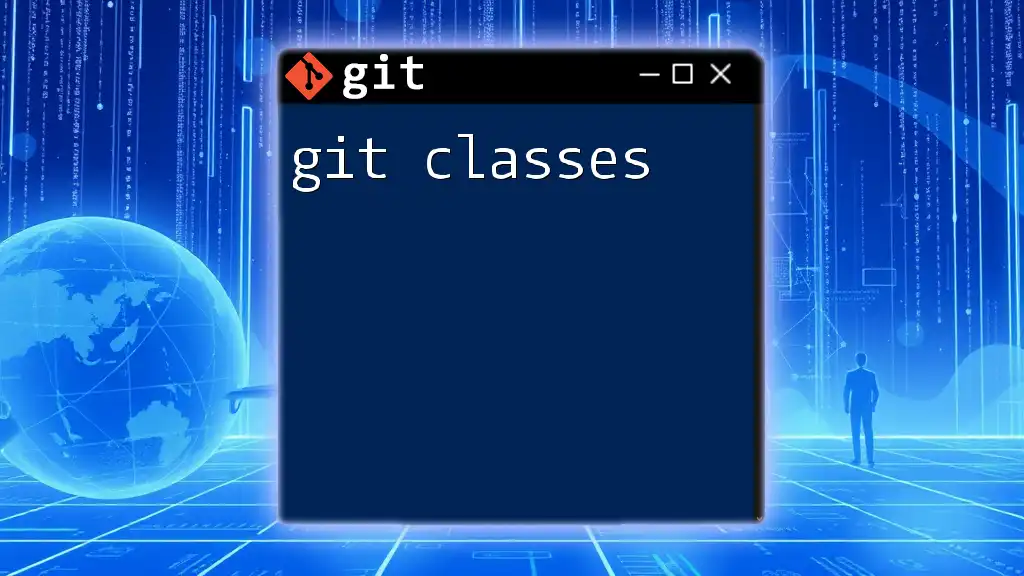
Setting Up Your Git Classroom
Essential Tools and Requirements
To create a successful Git Classroom, it is essential to start with the right tools. The first step is ensuring that Git is installed on all student machines. Git installation varies by operating system:
- For Windows, download and install Git for Windows.
- For macOS, you can install Git via Homebrew or download it from the official site.
- For Linux, use the package manager of your distribution (for example, `sudo apt install git` for Ubuntu).
Choosing the right Integrated Development Environment (IDE) is also crucial. IDEs like Visual Studio Code, Atom, or PyCharm have built-in Git support, making it easier for students to interact with their repositories without complex command-line operations.
Finally, incorporating project management tools such as GitHub or GitLab enhances the teaching experience. These platforms not only host code repositories but also provide features like issue tracking and collaborative tools that are beneficial for group projects.
Choosing the Right Platform
Selecting the appropriate platform for your Git Classroom involves evaluating several criteria such as ease of use, integration capabilities, and resource availability.
Popular platforms include GitHub Classroom and GitLab for Education. GitHub Classroom offers educators tools to manage and distribute assignments, while GitLab provides extensive CI/CD capabilities which can be beneficial for hands-on student projects. Each platform has its pros and cons; for instance, GitHub has vast community support, whereas GitLab offers a comprehensive free tier for education.
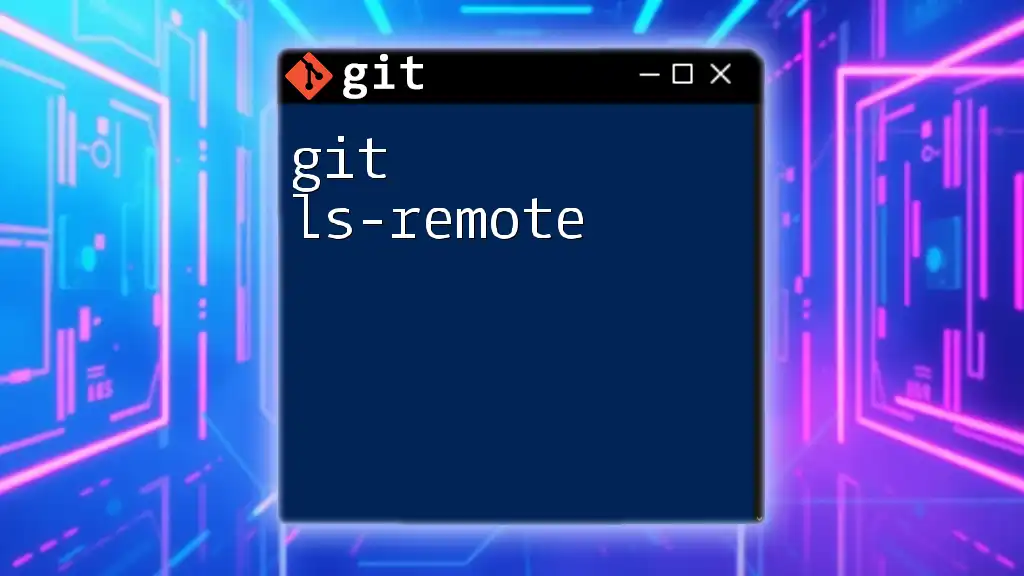
Structuring Your Git Classroom Curriculum
Key Topics to Cover
An effective Git Classroom curriculum should start with the basic Git commands that every student should know. These include vital commands like `git clone`, `git commit`, `git push`, and `git pull`.
Next, it's essential to introduce branching and merging strategies. Teaching students how to create branches with `git branch` and merge them using `git merge` will empower them to work on parallel features safely and understand how to resolve conflicts.
Another important aspect involves best practices for commit messages. Encourage students to write clear and concise messages that explain their changes succinctly. Well-documented commit history significantly enhances project collaboration and understanding.
Lesson Planning
Creating a structured roadmap of lessons is pivotal. Consider incorporating project-based learning, whereby students can apply Git knowledge to actual projects. This approach not only solidifies their understanding but makes learning more engaging.
Assessment in a Git Classroom can also be innovative. Incorporate quizzes and hands-on projects that require students to utilize various Git commands to ensure comprehension and practical application of concepts learned.
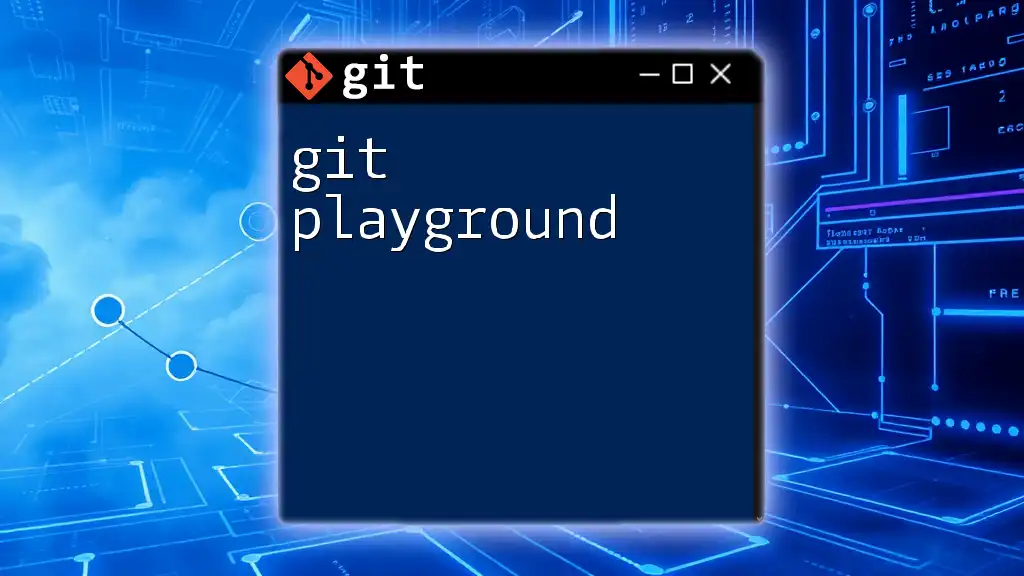
Using Git for Collaborative Projects
Benefits of Collaboration
One of the most significant advantages of a Git Classroom is the promotion of collaborative projects. As students work together, they develop essential soft skills such as teamwork, communication, and collective problem-solving.
Managing Collaborative Projects
Setting up a remote repository is the first step in collaborative projects. Here’s a simple code snippet illustrating how to initialize a new project and add a remote repository:
git init my-awesome-project
cd my-awesome-project
git remote add origin https://github.com/username/my-awesome-project.git
By managing branches efficiently, students can work concurrently on features and resolve any conflicts as they arise. Regular pull requests help foster a culture of code review, encouraging students to provide constructive feedback to their peers.
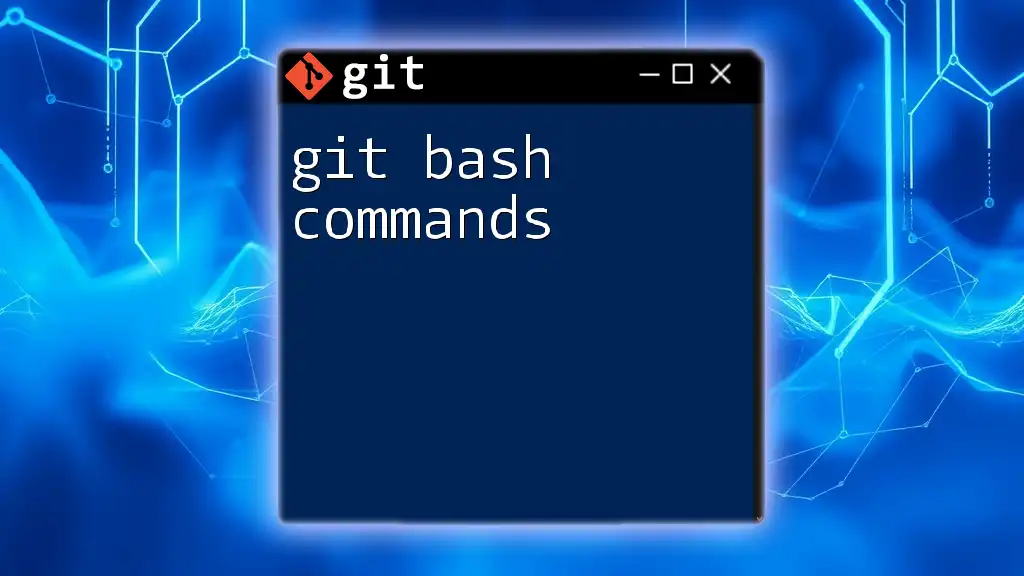
Troubleshooting Common Git Issues in the Classroom
Identifying Common Problems
Every student will encounter common Git issues, such as merge conflicts or being in a detached HEAD state. Educators should prepare to address these problems promptly to maintain momentum in learning.
Solutions and Workarounds
To resolve a merge conflict, students can follow these steps:
git merge branch-name
# If there's a conflict
git status
# Edit the conflicting file to resolve the conflict
git add filename
git commit
Teaching troubleshooting techniques equips students with the confidence to handle arguments and errors independently, reinforcing their understanding of Git.
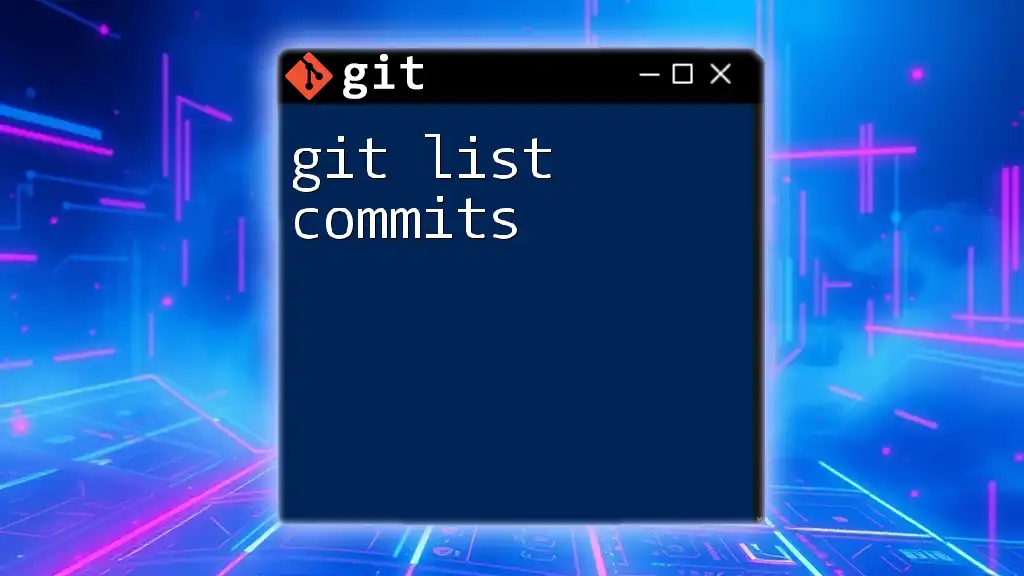
Encouraging Best Practices
Version Control Best Practices
Promoting version control best practices is essential in a Git Classroom. Encourage students to commit frequently using clear messages. Effective branching strategies, such as Git Flow or GitHub Flow, ensure that students can manage workflows more efficiently.
Teaching Etiquette
In addition to technical skills, teaching git etiquette is crucial. Hosting code reviews allows students to learn from each other and adopt best coding practices. Students should write clean commit histories and maintain thorough documentation to facilitate future reference and onboarding of new team members.
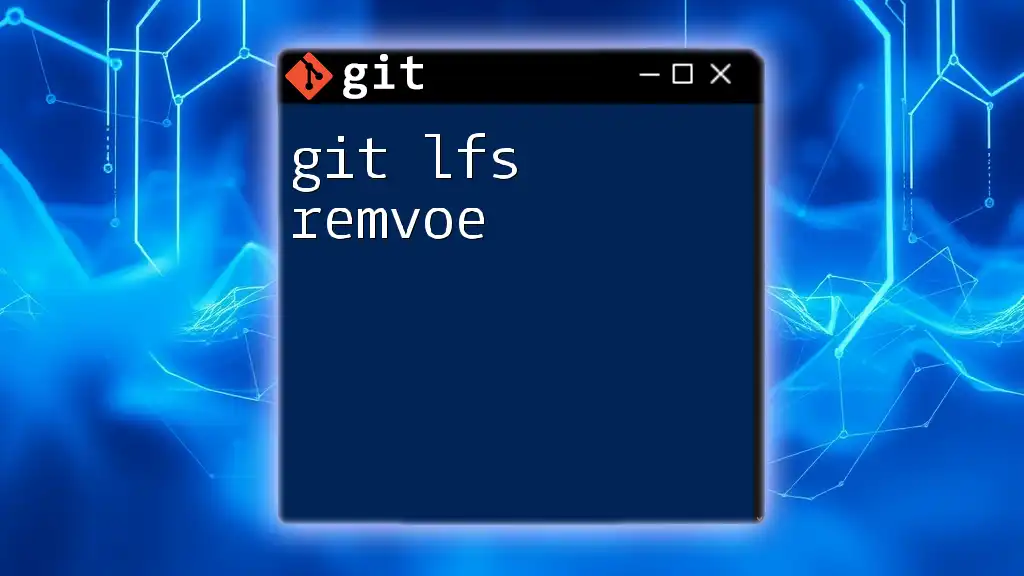
Additional Resources
Recommended Reading and Online Courses
To further enhance the learning experience, suggest recommended books on Git, such as "Pro Git" by Scott Chacon and Ben Straub. Online courses—available on platforms like Coursera, Udacity, or Udemy—offer structured learning paths that students can follow.
Community and Support
Encourage students to engage with Git communities like Stack Overflow or subreddits dedicated to programming. Surrounding themselves with a vibrant community can aid their learning and provide valuable networking opportunities. Local meetups and coding bootcamps can also be great resources for aspiring developers.
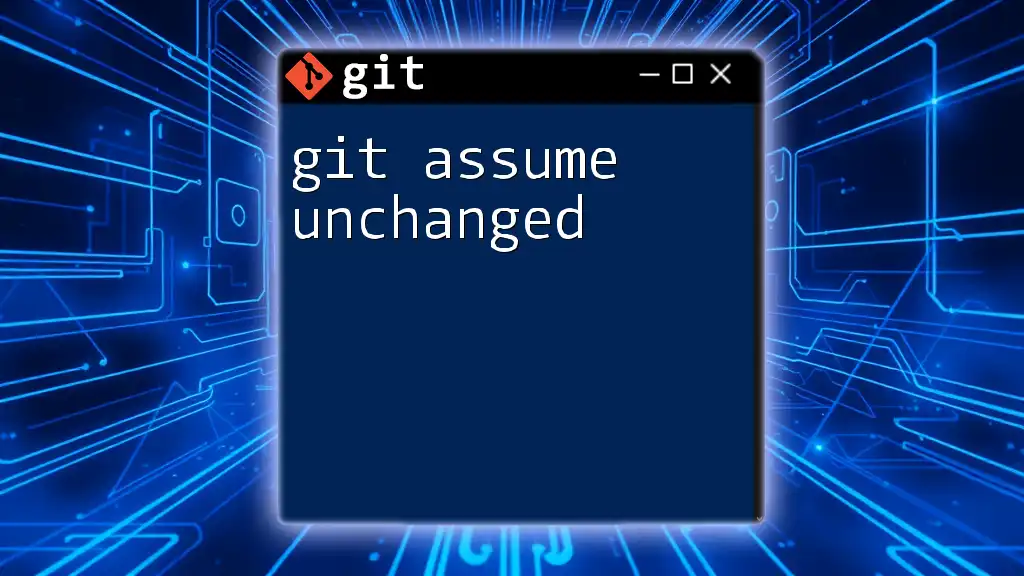
Conclusion
Recap of Key Takeaways
Establishing a Git Classroom is an empowering way to prepare students for real-world software development scenarios. As they learn to navigate Git, they acquire skills that are not only valuable in technical environments but also in collaborative settings.
Call to Action
We invite readers to share their personal experiences with Git in classroom settings and how it has shaped their learning journey. Your feedback is invaluable, and we look forward to exploring more topics that interest you!
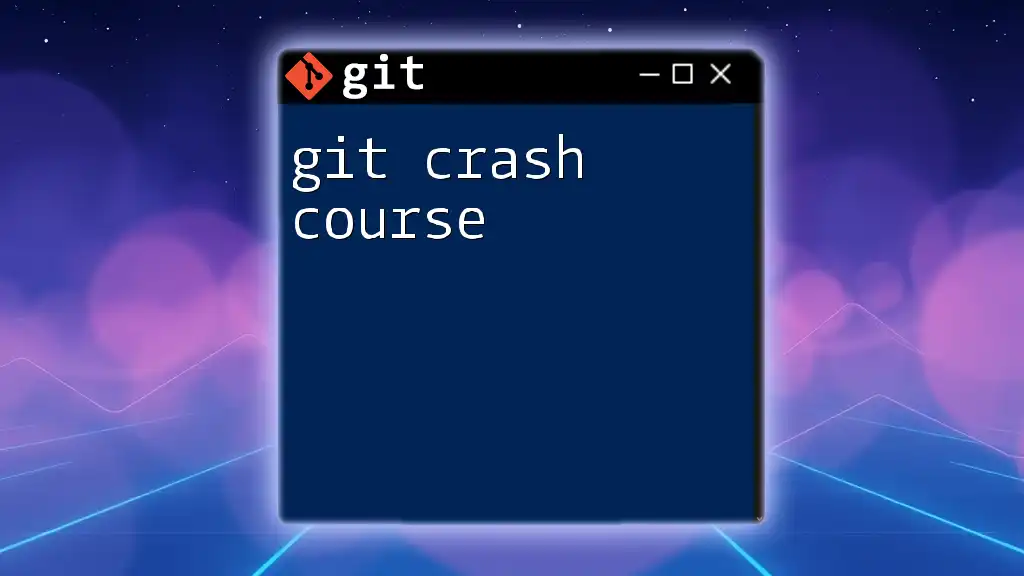
FAQs
Common Questions About Git Classroom
What prerequisites do students need? Basic knowledge of command line operations and a foundational understanding of programming concepts will enhance the learning experience in a Git Classroom.
How do I assess student progress using Git? Regular assessments through quizzes, peer reviews, and project evaluations can help gauge student understanding and progress in using Git effectively.
By adopting the principles discussed in this guide, educators can create a Git Classroom that not only teaches students how to use version control systems but also instills the discipline, collaboration, and critical thinking skills necessary for success in software development.

